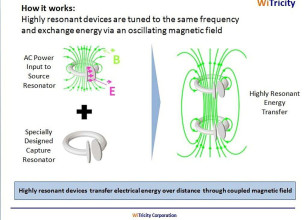ScienceRocks
Democrat all the way!
- Banned
- #1
Nigeria: 25-Year-Old Nigerian Invents Electricity Generating Football
By Isiaka Wakili, 17 August 2013
allAfrica.com: Nigeria: 25-Year-Old Nigerian Invents Electricity Generating Football
Jessica Mathew, a 25-year-old Nigerian, from Edo State, yesterday presented an electricity generating football and skipping rope she invented to President Goodluck Jonathan at the State House in Abuja.
The presentation earned Jessica an appointment as a soccer ambassador. The soccer ball, as demonstrated by Jessica, could generate three hours of electricity after 30 minutes of play and could store power for three days.
She said, the electricity generated by the ball could be used as electricity source to power lighting points and household equipments, adding that the airless football when not in use, could last for one-and-half years before replacement.
Jessica, a graduate of Psychology and Economics from Havard University, United States, said she taught herself Electrical and Mechanical Engineering because she was keenly interested in it.



